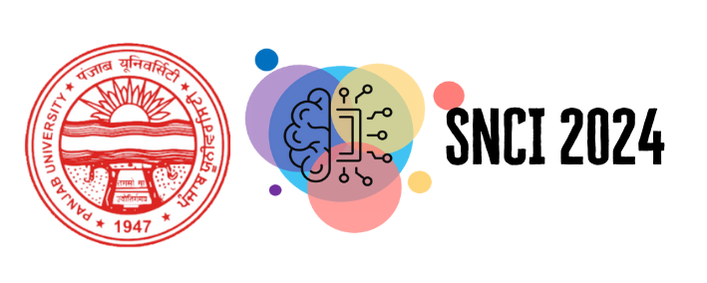Understanding the Price of Keflex: A Comprehensive Guide
If you’re prescribed Keflex, a widely used antibiotic, understanding its pricing is essential for managing healthcare costs effectively. The cost of Keflex can vary significantly based on various factors, including the form, dosage, pharmacy, location, and whether you have insurance coverage. This article aims to provide detailed insights into the pricing landscape of Keflex to help patients make informed decisions.
What Is Keflex?
Keflex, whose generic name is cephalexin, is a cephalosporin antibiotic used primarily to treat bacterial infections such as respiratory tract infections, skin infections, ear infections, and urinary tract infections. It works by inhibiting bacterial cell wall synthesis, thereby eliminating the infection.
Generally, Keflex is prescribed in capsule or liquid form, with typical dosages ranging from 250 mg to 1000 mg per dose, depending on the condition being treated.
Factors Influencing the Price of Keflex
The cost of Keflex varies due to multiple factors, which include:
- Formulation and Dosage: Capsule strength (250 mg, 500 mg, 750 mg, 1000 mg) impacts price.
- Brand vs. Generic: Brand-name Keflex tends to be pricier than its generic counterpart, cephalexin.
- Quantity Prescribed: Larger quantities generally reduce the per-unit cost but increase upfront expenses.
- Pharmacy Type: Prices differ between chain pharmacies, independent drugstores, and online pharmacies.
- Insurance Coverage: Insurance plans can significantly lower out-of-pocket costs through copayments or negotiated prices.
- Location: Geographical differences influence drug pricing due to regional pricing policies and local demand.
- Availability and Supply Chain Factors: Shortages or surpluses can cause fluctuations in prices.
Average Cost of Keflex Without Insurance
When paying out-of-pocket, the price of Keflex can vary widely. Here are approximate costs based on common formulations:
Capsules
- 250 mg capsules: Typically range from $10 to $25 for a 30-count bottle.
- 500 mg capsules: Usually priced between $20 to $50 for a 30-count bottle.
- 750 mg or 1000 mg capsules: Often cost approximately $30 to $80 for a 30-count bottle.
Liquid Form
- Suspension (125 mg/5 mL or 250 mg/5 mL): Can range from $20 to $60 per bottle, depending on size and concentration.
Cost Differences: Brand-Name vs. Generic Keflex
Most pharmacies offer both brand-name Keflex and generic cephalexin. The savings when choosing the generic are notable:
- Brand-name Keflex: Often costs 2-3 times more than its generic counterpart.
- Generic Cephalexin: Can be found at roughly half the price of the brand, making it a cost-effective alternative without compromising efficacy.
Insurance and Keflex Pricing
Insurance coverage plays a critical role in reducing the cost burden. Most health plans include prescription coverage that can significantly lower copays:
- Copayment Range: Depending on the plan, copayments can range from $10 to $30 per prescription.
- Special Programs: Some insurers or pharmacy programs offer discounts or mail-order services that further reduce costs.
- Uninsured Patients: May need to pay full retail price unless they qualify for assistance programs.
Ways to Save Money on Keflex
Patients seeking to minimize their medication expenses can explore several options:
- Compare Prices at Multiple Pharmacies: Use online tools or apps like GoodRx, Blink Health, or PharmacyChecker to compare prices across different providers.
- Opt for Generic Versions: Always ask your pharmacist if a generic cephalexin is available and appropriate.
- Use Discount Programs: Many pharmacies participate in discount card programs or offer coupons that can reduce costs.
- Buy in Bulk: When permissible, purchasing larger quantities can decrease the per-unit cost.
- Check for Assistance Programs: Pharmaceutical assistance programs or non-profit organizations may provide free or discounted medications for eligible individuals.
Pricing Trends and Future Outlook
The pharmaceutical industry experiences periodic changes in drug pricing due to manufacturing costs, regulatory policies, and market competition. In recent years, the trend has leaned toward greater affordability for generic medications like cephalexin, driven by increased competition among manufacturers and the expansion of pharmacy benefit management strategies.
However, fluctuations still occur, especially in response to supply chain disruptions or new regulations. Patients should stay informed about current prices and leverage available resources to obtain affordable medication.
Conclusion
The price of Keflex is influenced by numerous factors, including formulation, brand status, pharmacy price of keflex choice, insurance coverage, and regional differences. While brand-name versions tend to be more expensive, opting for generic cephalexin can offer substantial savings without sacrificing quality or effectiveness. Patients are encouraged to compare prices, utilize discount programs, and consult with healthcare providers to ensure they access the most affordable options suitable for their medical needs.
Being proactive about medication costs can lead to significant savings and ensure continued access to essential antibiotics like Keflex. Staying informed about market trends and available discounts empowers patients to manage their healthcare expenses effectively.



